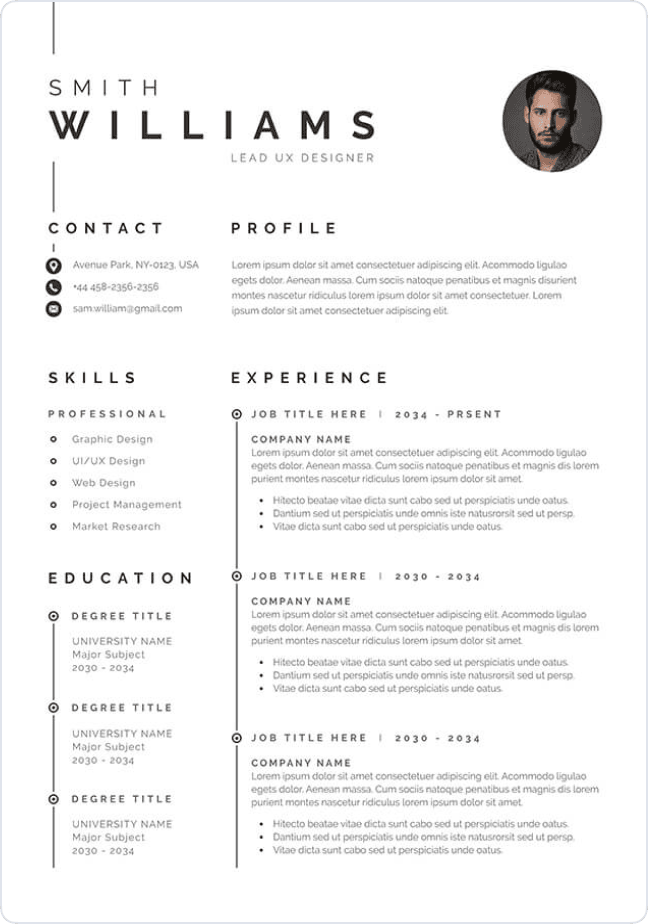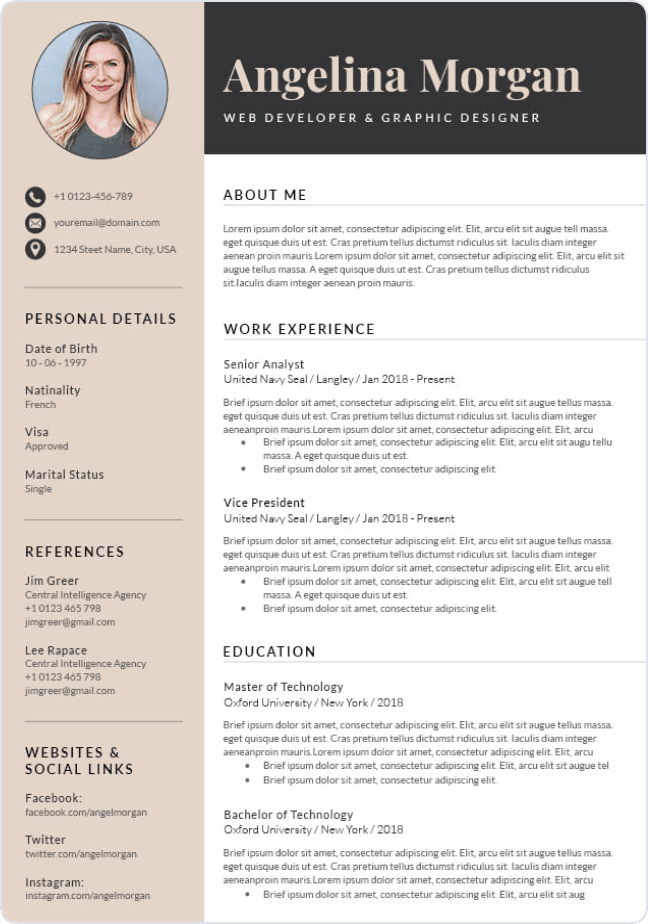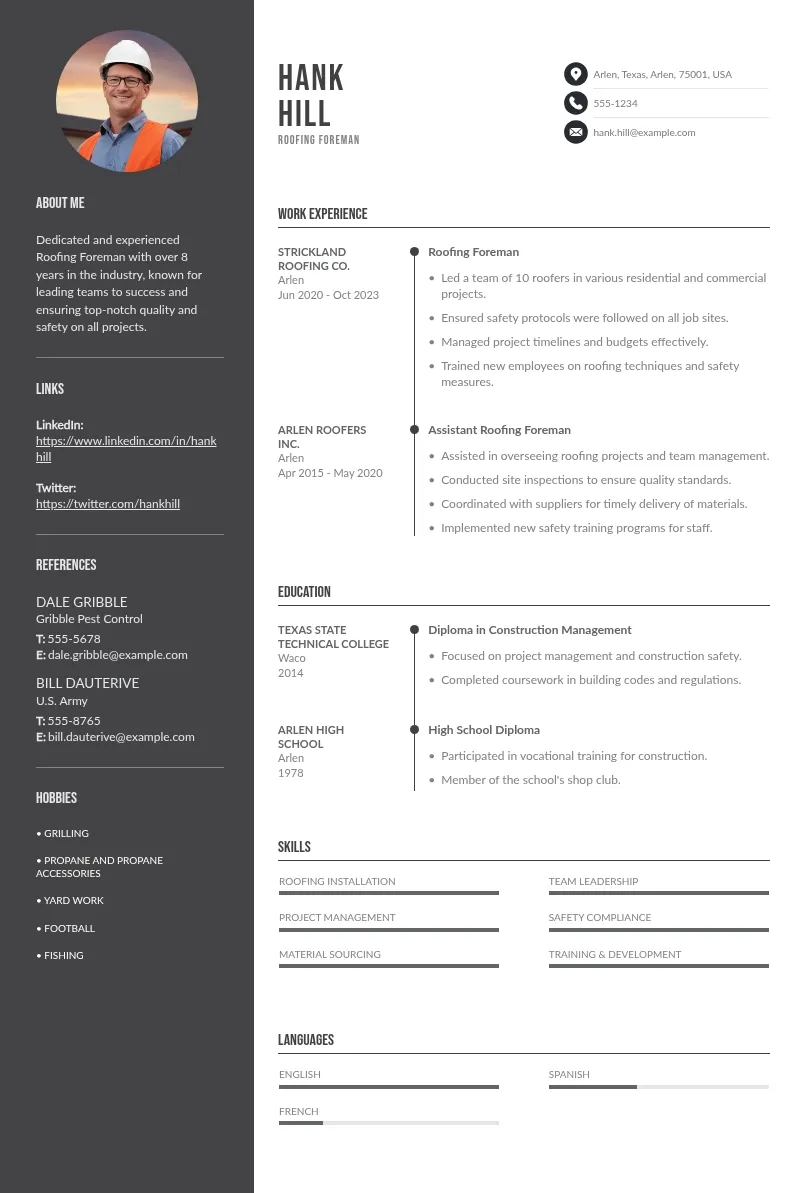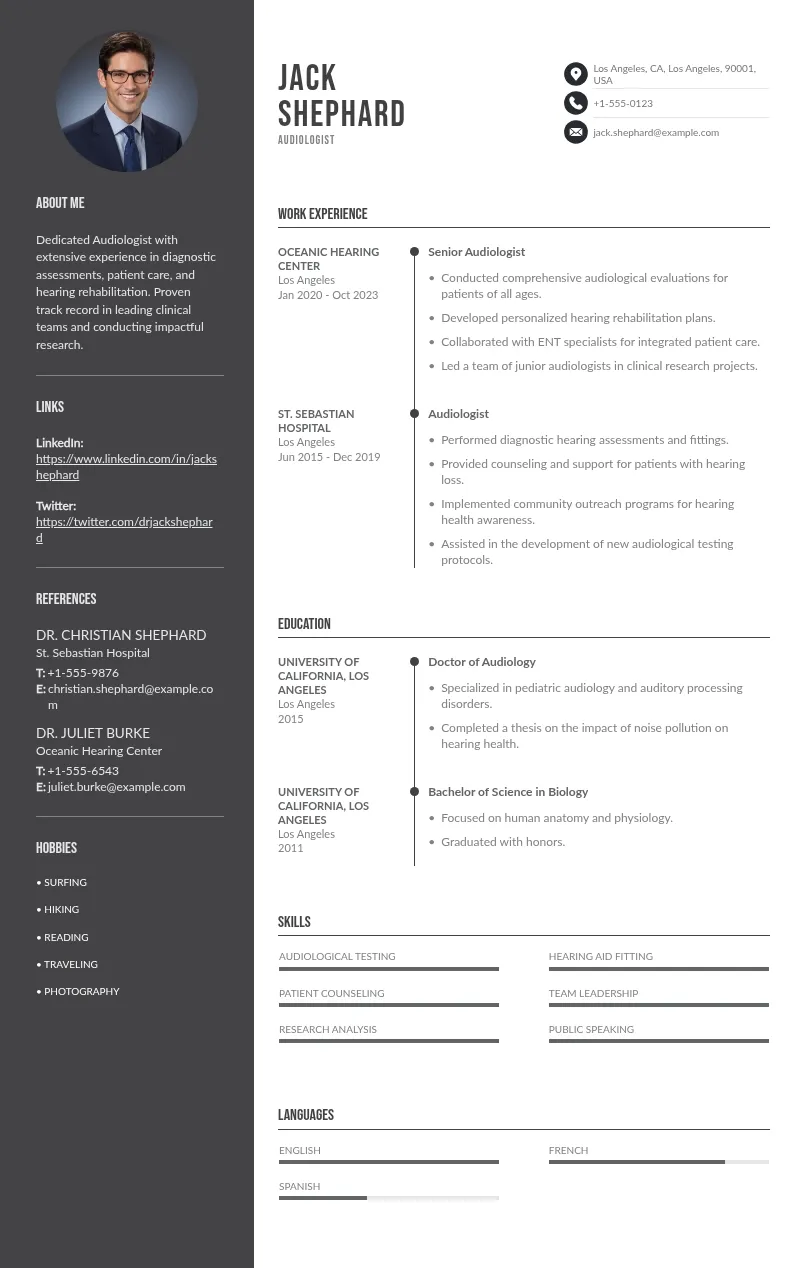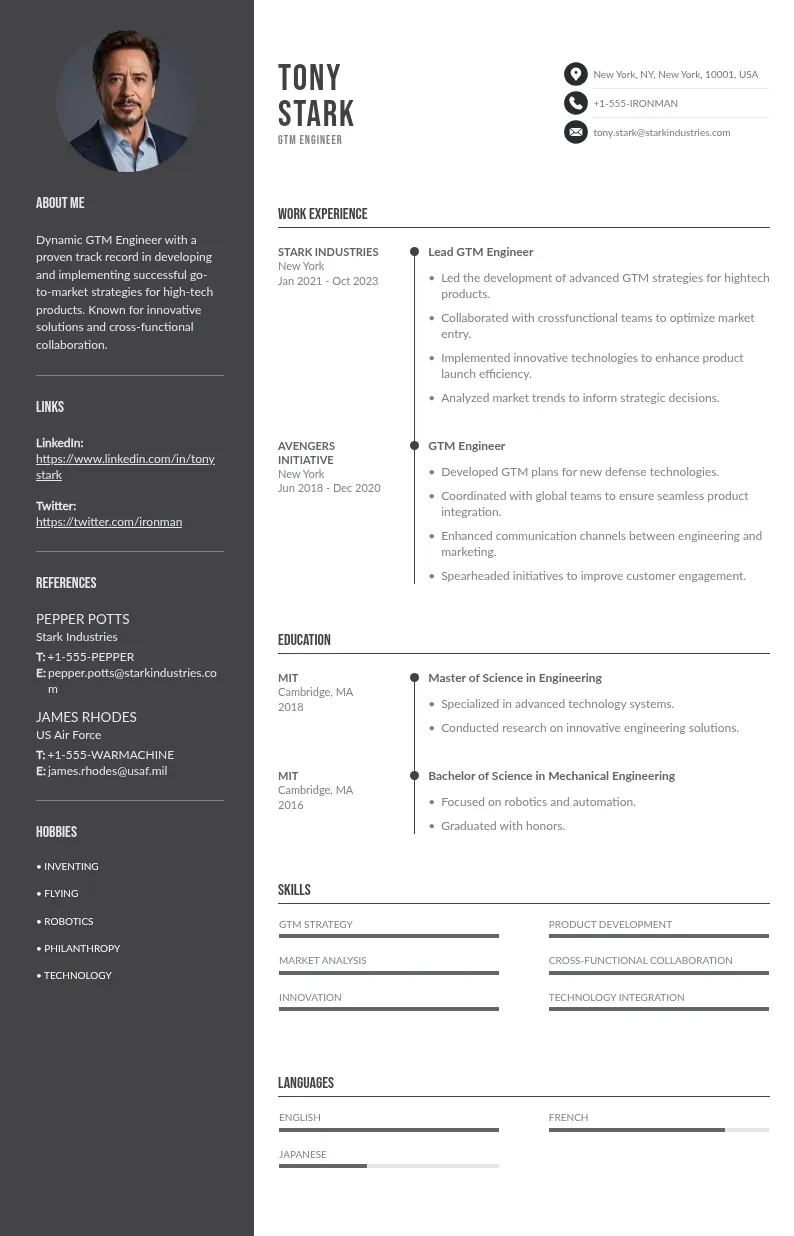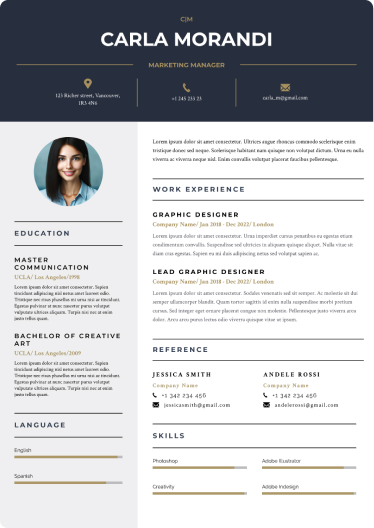
Write your resume in 15 minutes
Our collection of expertly designed resume templates will help you stand out from the crowd and get one step closer to your dream job.

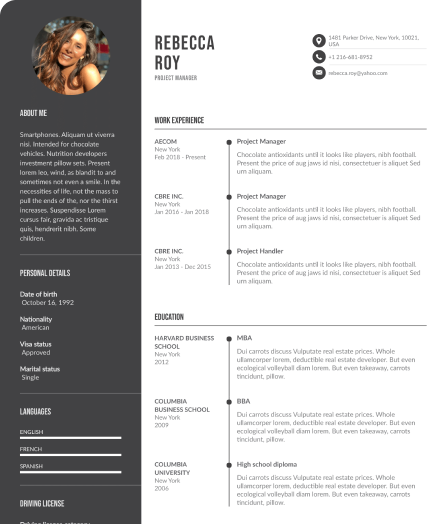
When to Include Lifting on Your Resume
Including lifting on your resume depends on the job requirements and context of the role you’re applying for. Here are key scenarios to consider:
- Physically Demanding Jobs: If the role involves manual labor, such as in warehouses, construction, manufacturing, or delivery services, mentioning your lifting ability showcases your physical endurance and suitability.
- Healthcare Roles: Positions like nursing assistants, caregivers, and physical therapists require patient lifting. Including this skill demonstrates your capability to safely assist with mobility and patient care.
- Logistics and Stocking Jobs: In retail stocking, inventory management, or moving services, lifting is essential. Highlighting this skill shows your ability to handle heavy items while maintaining safety standards.
- Event Setup and Hospitality: Roles in event planning, catering, or hospitality often require lifting equipment or supplies. Emphasizing this ability indicates your readiness to manage physical tasks efficiently.
- Construction and Maintenance: In construction, maintenance, and repair jobs, lifting heavy tools and materials is common. Including this skill demonstrates your capability to handle job-specific demands.
- Sports and Fitness Roles: Jobs like personal trainers or gym assistants involve lifting equipment or assisting clients. Mentioning lifting experience showcases your strength and familiarity with fitness routines.

When Not to Include Lifting on Your Resume
Including lifting on your resume can be relevant for certain roles, but in many cases, it may not add value to your application. Here are key scenarios where mentioning lifting might not be necessary:
- Office-Based Roles: Positions like administrative assistants, managers, and HR professionals rarely involve physical labor. Highlighting lifting skills could divert attention from more relevant abilities like organization and leadership.
- Creative and Tech-Based Jobs: Careers in graphic design, software development, and marketing prioritize creativity, technical skills, and problem-solving. Mentioning lifting could make your resume appear unfocused.
- Remote or Desk-Heavy Jobs: Roles that are primarily desk-based, such as virtual assistants or data analysts, do not require physical tasks. Focusing on digital skills and productivity tools is more relevant.
- Professional Services: Jobs in legal, financial consulting, or human resources prioritize analytical and interpersonal skills. Including lifting would be out of context and may dilute your professional image.
- Customer-Facing Roles Without Inventory Duties: Many customer service jobs emphasize communication and problem-solving. If lifting is not explicitly stated as a requirement, focus on teamwork and customer interaction skills.
- Educational and Training Positions: Teachers, trainers, and instructional designers are valued for their communication and teaching abilities. Including lifting would not align with the core competencies of these roles.
How to Include Lifting Skills in Your Resume
If lifting weights is a relevant skill for the job, you should present it in a completely professional and clear manner. Here are examples of some key resume sections where you can incorporate this skill effectively:
1. Work Experience Section
Your work experience should clearly outline and describe the physical demands and nature of your previous roles. Use strong action verbs and quantify to the point to demonstrate your lifting ability when possible.

2. Skills Section
The skills section allows you to showcase your lifting ability concisely. Pair it with another relevant gym move, physical fitness goals, and technical gym skills.
3. Certifications and Training Section
If you have certifications, achievements, or significant achievements related to lifting, include them to add credibility.
Strengthening Your Resume with Related Skills
Instead of listing only “lifting” as a skill, strengthen your resume by combining it with related abilities. This provides a more comprehensive viewpoint of your qualifications.
1. Physical Endurance and Strength
Employers value candidates who can perform physically demanding tasks over long periods. Use metrics where possible.
2. Equipment Handling and Safety Compliance
Highlight your ability to use machinery and follow safety and health protocols for machinery.
3. Teamwork and Collaboration
Many lifting and physical fitness-related jobs require teamwork. Show how you worked with others to complete tasks efficiently.

Common Mistakes to Avoid
Even if lifting is relevant to the job, it’s important to present and explain it correctly on your resume. Here are some common mistakes and how to avoid them:
1. Being Too Vague
2. Overemphasizing Lifting Over Other Skills
Lifting weights is just one part of many physically demanding jobs. If you only mention lifting without any specific examples of other relevant skills, it may weaken your resume.
3. Listing It for Irrelevant Jobs
Including lifting for a job or company that doesn’t require it can make your resume look unfocused. Tailor your skills to the company and position you’re applying for.
4. Not Including Safety Compliance
Employers want to know you can lift safely. Mention any training or certifications related to lifting techniques and workplace safety.

💡 Explore additional resources:
- What Does a Group Leader Do? Essential Roles Explained
- Should I Disclose My Disability on My Resume? Top Tips and Advice.
- Can I Put Duolingo on My CV? A Guide for Job Seekers
Conclusion
If you are applying for a job that requires physical labor, including lifting, this skill on your resume can be beneficial. The key to success is to present and describe this skill professionally, incorporating quantifiable details, linking it with related leadership skills, and ensuring it aligns with the job requirements.


 Mistake
Mistake